
In the aftermath of a serious car accident, one of the most pressing concerns is the risk of internal injuries. Something like internal bleeding doesn’t necessarily present with immediate and physically visible signs.
Symptoms such as weakness, fatigue, dizziness, and rapid heartbeat can point to other conditions, too. However, internal injuries can be life-threatening. That is why it’s crucial to recognize the signs of internal bleeding after a car accident.
Understanding the risks associated with internal bleeding from a car accident helps you to get timely medical intervention. You also can make more informed decisions about your health and file a personal injury claim against the party who caused the crash. Read on to learn more about internal bleeding car accident symptoms and why they are important indicators not to ignore.
Don’t hesitate to dial (209) 600-4389 and connect with our office for expert legal counsel that guarantees you the top-notch representation you truly deserve.
1. Unexplained Weakness or Fatigue
Unexplained weakness or fatigue after a car accident can be a subtle yet significant indicator of internal bleeding after a car crash. Your body might not receive enough oxygen-rich blood when you’re bleeding internally. That can lead to a general overall feeling of weakness or lethargy. You might not even immediately associate this with the accident, especially if you have no visible injuries. However, you shouldn’t ignore a sudden change in energy levels.
Tiredness from internal bleeding is different from general fatigue. It’s a more profound feeling of exhaustion that doesn’t improve with rest. If you feel very weak or fatigued following an accident, seek medical attention right away—especially if you have any other symptoms.
2. Dizziness or Fainting Spells
Dizziness or fainting spells post-accident can point to a head injury, but they can also point to internal bleeding. When you have less blood circulating in your body, it can lower your blood pressure. A drop in blood pressure can result in lightheadedness, dizziness, or even one or more fainting spells. These symptoms are even more concerning if they occur suddenly or start to worsen.
Internal bleeding can impact your body’s ability to function normally. If you are struggling with dizziness, lightheadedness, or fainting after an accident, contact a medical provider for diagnostic tests that can rule out internal bleeding or any other life-threatening condition.
3. Shortness of Breath or Difficulty Breathing
Shortness of breath or difficulty breathing after a car accident can be an alarming sign of internal bleeding, particularly when you feel it in your chest or abdomen. Difficulty breathing could indicate blood accumulation in areas that impede normal respiratory functions. Examples include the lungs or diaphragm. Internal bleeding and pressure can restrict your lungs’ ability to expand, resulting in your inability to breathe.
Seek urgent medical care if you find yourself struggling to breathe normally after a car accident. Any respiratory issues could point to several life-threatening conditions.
4. Persistent or Worsening Abdominal Pain
Persistent or worsening abdominal pain after a crash is another symptom that could indicate internal bleeding. Your abdomen houses many vital organs, which can suffer damage during an auto collision.
Pain might start as mild but progressively worsen, accompanied by an overall feeling of fullness. Watch for swelling or tightening in the abdomen as well. Never overlook these symptoms because they can be signs of internal bleeding or another life-threatening condition, such as a ruptured liver or spleen.
5. Deep Bruising, Especially Around the Abdomen or Sides
Deep bruising, particularly around the abdomen or sides, is another notable symptom of internal bleeding. Unlike superficial bruises that heal quickly, deep bruising may indicate blood leaking from major blood vessels or internal organs.
These bruises may appear as significant, purplish areas and can take some time to become visible—bruising and a lot of pain point to the need to see a doctor. Monitor the size and color of your bruise, as changes might provide clues about the severity of your internal bleeding. If it is changing rapidly before you can get to the doctor, take some photos to show the progression of the bruising.
6. Blood in Urine or Stool
Blood in your urine or stool is another indicator that something is seriously wrong. You could have gastrointestinal bleeding and damage to your bladder, kidneys, or other part of the gastrointestinal system. Blood isn’t always bright red in urine, either. You might see a pink or brownish color. Blood in your stool typically ranges from a bright red to a darker color with a tar-like consistency. Contact a doctor at the first sign of blood in your urine or stool.
7. Coughing Up or Vomiting Blood
Coughing up or vomiting blood is a dire sign that something is amiss. You might have internal bleeding in your stomach, lungs, or esophagus. Like the other signs of internal bleeding after a car accident, it’s important to seek medical treatment early on.
When you cough up or vomit blood, the color might vary from bright red to dark, coffee-ground-like material. The color depends on the source and severity of the bleeding.
8. Pale Complexion or Clammy Skin
Watch for changes to your complexion or clammy skin. You might experience this symptom with internal bleeding as your body diverts blood to vital organs in response to blood loss. That can cause your skin to feel clammy, cold to the touch, or get unusually pale. While this sign could point to other conditions, too, it’s important to speak with a doctor and get checked to rule out internal bleeding.
9. Rapid Heartbeat or Changes in Pulse
Experiencing a rapid heartbeat or changes in pulse after a car accident could also be an indicator of internal bleeding. Your heart beats faster to manage blood flow and oxygen supply to your vital organs. An accelerated heart rate and changes in your pulse can be your body’s response to stress or trauma. Getting a doctor to monitor your heart rate for any irregularities is best to rule out internal bleeding.
Contact a California Car Accident Lawyer at Silva Injury Law
Internal bleeding after a car crash is a serious matter, and finding the proper medical support is crucial to maintaining your health. Finding the right legal advocate to help you through this process is also vital.
Silva Injury Law understands how terrifying the aftermath of an auto accident is. If you are worried about signs of internal bleeding after a car accident, contact us.
Our legal team has years of experience representing injured auto accident victims, including those suffering from internal bleeding. We understand the complexities of these injuries and the importance of seeking proper medical care. Reach out to our office online or call (209) 600-4389 today for legal guidance to ensure you receive the representation you deserve.

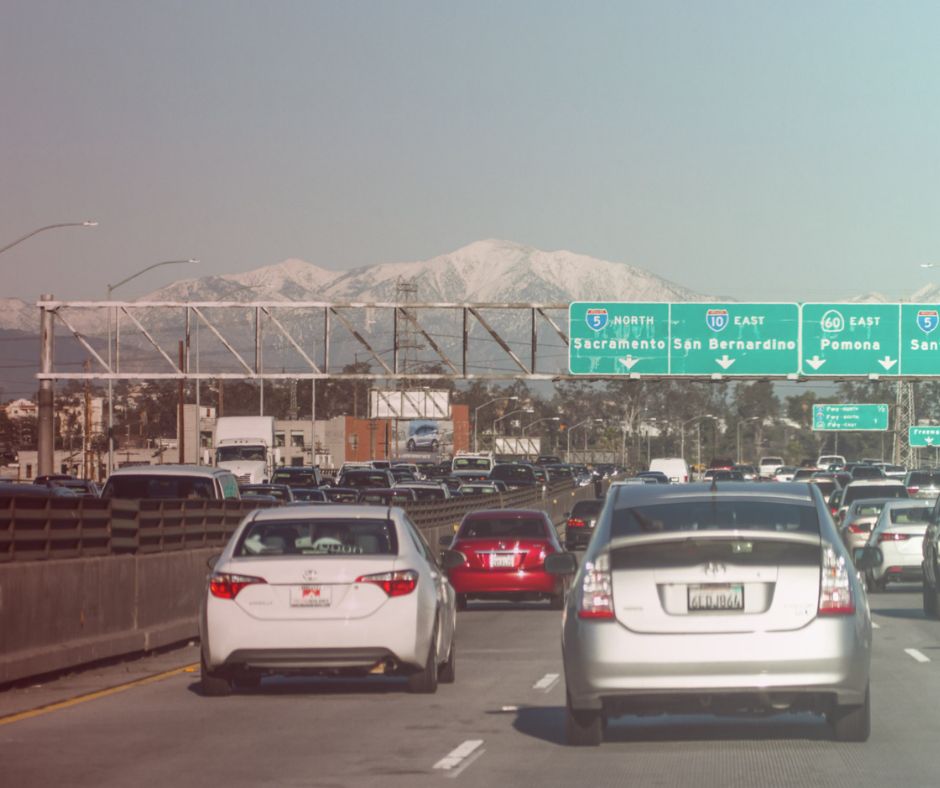



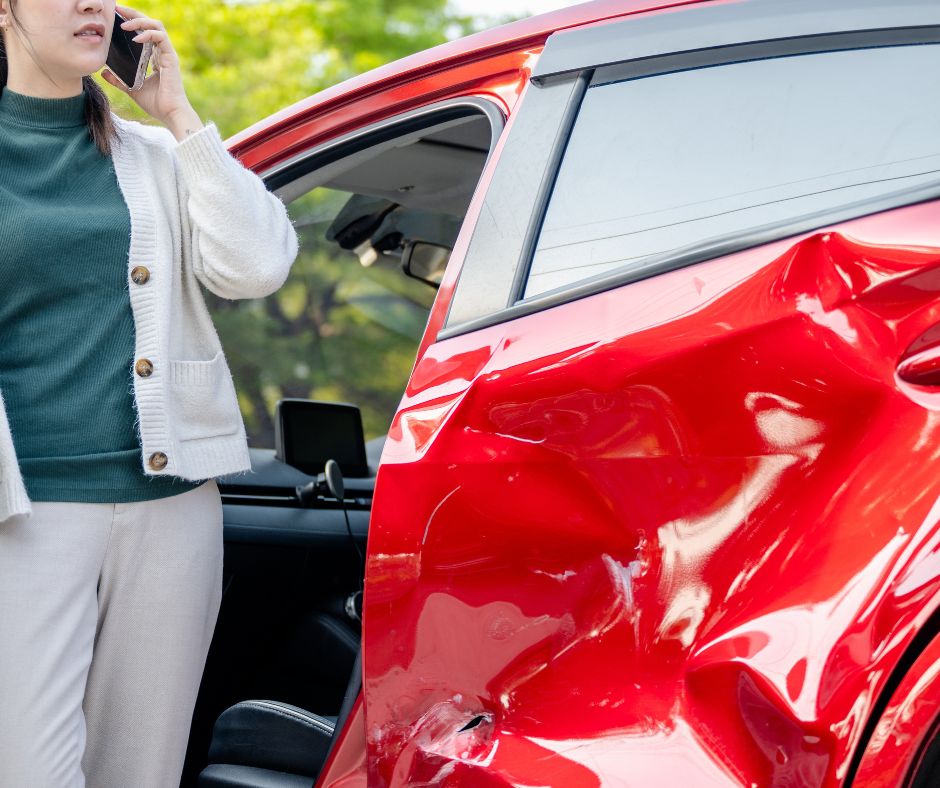
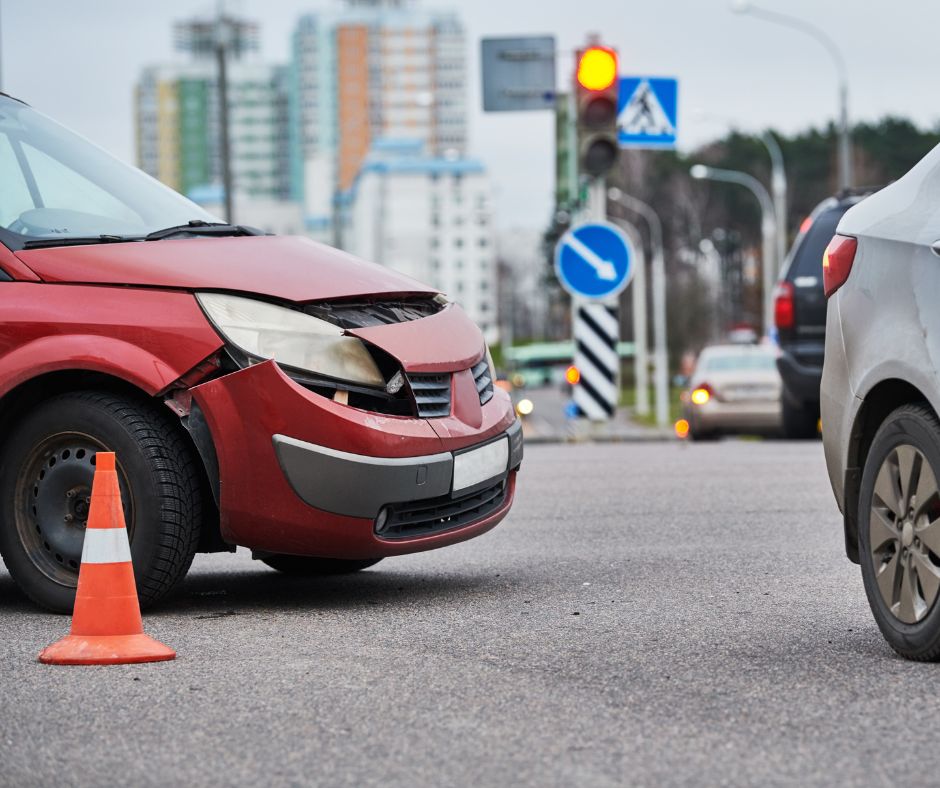



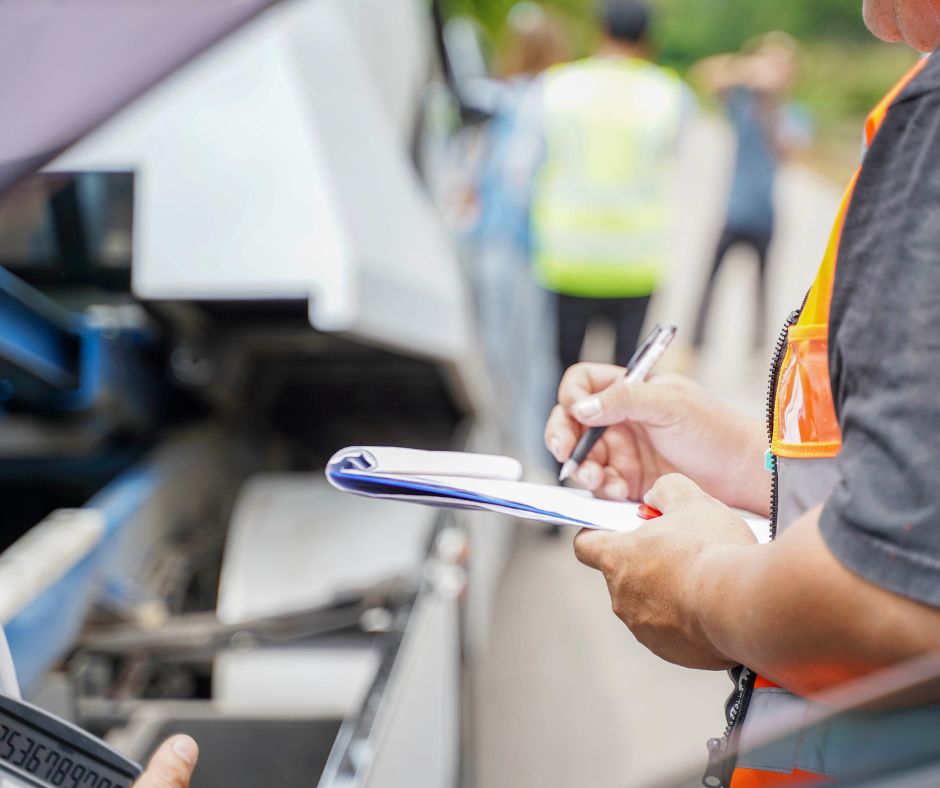

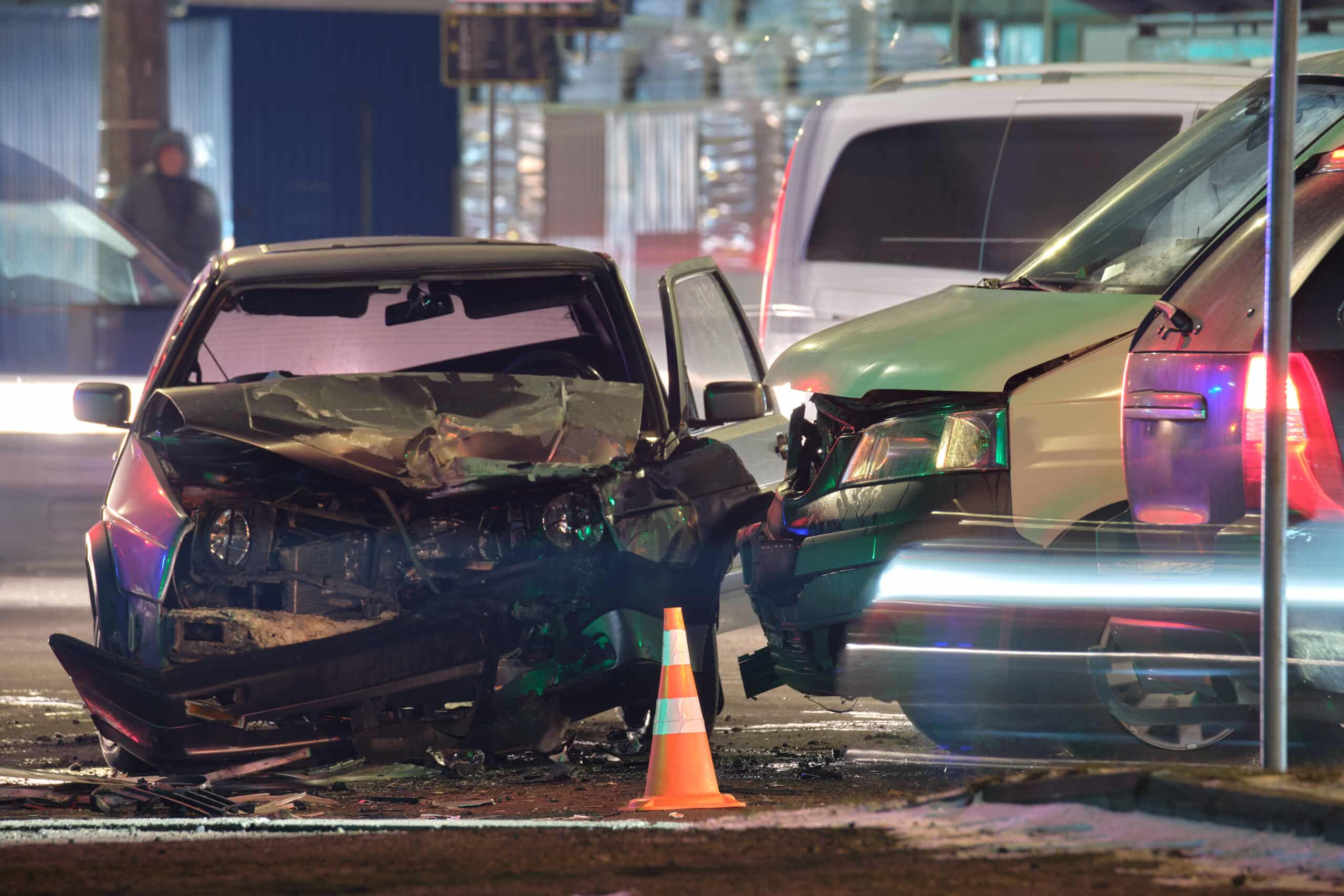





 EMAIL
EMAIL  Ask AI
Ask AI  Access
Access